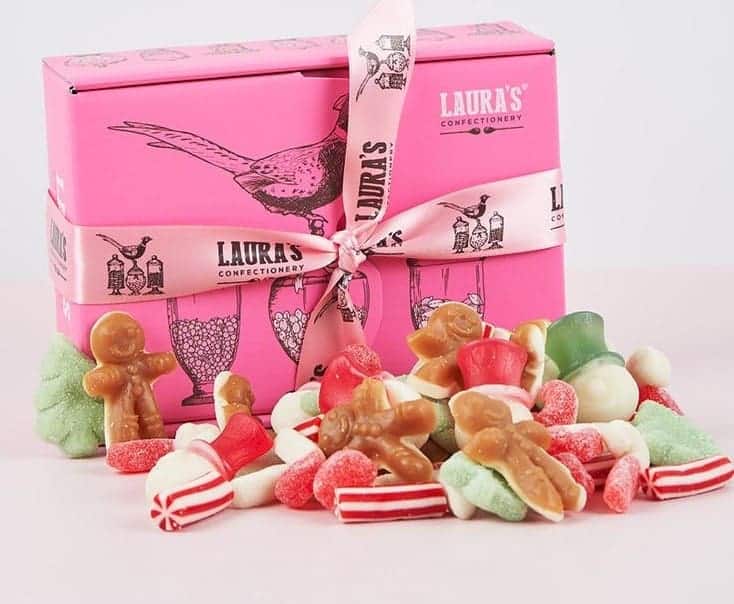Christmas Toy Crazes
It’s somewhat fitting that the 1980s, a decade arguably defined by consumerism, changed the art of Christmas shopping. The festive season of 1980 saw a feeding frenzy of parents desperate to pick up a Rubik’s Cube to leave under the tree for the youngest members of their family (though it may be fair to say that it was for their benefit really). With that, a new sensation was born – the craze for a must-have Christmas toy. Manufacturers and retailers have been rubbing their hands with glee ever since.
The Rubik’s Cube is something of an outlier when it comes to Christmas toy trends as it still sells substantial units today. These must-haves always go down in history, but many of them are largely forgotten about and abandoned by the following spring. Let’s take a look at some of the other Christmas toys that sent parents into a tailspin over the years.
Cabbage Patch Kids
https://youtube.com/watch?v=9sOlIvx7Pvs
Let’s deal with the elephant in the room first of all – Cabbage Patch Kids are creepy-looking little critters. Seriously, look into those eyes and tell us that you do not feel compelled to call upon the services of two Catholic priests for an exorcism?
That didn’t stop these dolls – which were bundled with ‘adoption certificates’, ensuring that girls all over the world could experience the joys of parenting without the need to pillage the shelves of Toys ‘R Us – from becoming a phenomenon upon their release in 1983. And by phenomenon, we mean that – desperation to get their hands on these toys caused presumably otherwise law-abiding parents to riot in toy stores across America #cabbagepatchlivesmatter. Desperate to find a safe way to meet demand, many retailers attempted to introduce a lottery system to decide which customers would be leaving with a demonic-looking doll under their arm.
The success of Cabbage Patch Kids was certainly a relief for their manufacturer Coleco, who had made their name with the video game console ColecoVision (a minor Christmas hit the previous year, shifting over 500,000 units) – the home gaming industry imploded upon itself in the west until the late 1980s when the Nintendo Entertainment System captured the imagination (more on that later), and Cabbage Patch Dolls single-handed kept the company afloat.
Transformers
If Cabbage Patch Dolls were the must-have girl’s toy of 1983, the following year saw wide-eyed boys pleading for the latest craze in the form of Transformers action figures. You can hardly blame them; Hasbro’s marketing of the Robots in Disguise was a masterpiece in manipulation.
A Saturday morning cartoon that was essentially a thirty-minute advertisement beamed into the eager eyeballs of children aired in the autumn of the same year, and despite claims that factories in Tokyo were working around the clock on manufacturing the toys, it was literally impossible to keep up with demand. Were you one of the kids that had to make do with a Gobot on Christmas morning in 1984?
https://youtube.com/watch?v=blLasIVGeGo
Despite history confining these rival robotic toys to the dustbin of niche nostalgia, Tonka’s imitations actually outsold Transformers in 1984 due to easier availability before slipping into obscurity. Maybe that was just as well – Transformers toys were famously difficult to manipulate, leaving parents howling with frustration on the living room floor throughout the world and cursing the day they ever heard the name Optimus Prime as they attempted to change the shape of the figure from robot to truck.
Nintendo Entertainment System
https://youtube.com/watch?v=jcyslT8U0Pw
These days, video game consoles are announced years in advance, do a roaring trade on release day and are generally available wholesale. The Nintendo Entertainment System, however, was actually something of a slow-burner. Released in Japan in 1983 and the west in 1985, it wouldn’t be until 1988 that the NES truly captured the imagination – though that would forever be known as The Nintendo Christmas.
This hilarious article from the business pages of the NY Times that year shows just how baffling the idea was to adults – you’ve got to love those quotation marks (This ”hardware” comes with a hand-operated ”joystick” … Then, there are ”software” game cassettes to be inserted in the control deck).
Home computers were huge in 1988, and the NES knocked the comparatively archaic Commodore 64 firmly off it’s perch that year, shifting as many units in ’88 alone as the C64 had in the previous five years combined. Nintendo would have sold even more consoles had they actually anticipated the demand – many consumers left shops empty-handed, with Nintendo blaming a ‘shortage of chips and hardware’.
For such a successful corporation, Nintendo seem determined not to learn from their mistakes. Similar fiascos plagued consumers seeking an N64 console in 1996, with a waiting list for the hardware spilling into the summer of the following year, and 2016’s launch of the miniature NES Classic, which sold on auction sites for three or four times it’s market value in the run-up to Christmas due to high demand and low stocks.
Tickle Me Elmo
If you thought the Cabbage Patch Doll riots of 1983 were a bloodbath, they had nothing on 1996 and the hunt for a Tickle Me Elmo. Clearly having learned nothing from the previous year, when Buzz Lightyear dolls were highly in demand and almost impossible to track down for all but the most dedicated, Tickle Me Elmo was a sensation that sold out immediately. With this is being 1996, Black Friday was a thing and riots and brawls soon broke out as consumers competed for one of these coveted toys. That’s not very Sesame Street now, is it?
https://youtube.com/watch?v=pSJUDBlfyi8
The other notable thing about Tickle Me Elmo was that the Internet – and thus eBay – was in its infancy at this stage, meaning that the $30 toy was exchanging hands for up to $1,500 online. Ah, the spirit of Christmas.
Furbies
These days most items are mass-produced to within an inch of their life and easily available with a single click online, so for many parents the days of battling through hordes of rivals for a must-have toy are over. The last hurrah for this strange practice came in 1998 when every kid in the land demanded a Furby, marketed as a ‘pet without the poop’. Sure, they’re less work than a puppy, but look at the critters – they’re terrifying to any right-thinking adult. Watch this video and try not to imagine the Furby announcing, ”Danny isn’t here, Mrs. Torrance.”
Furbies exploded onto the scene in 2008, and like most Christmas toy fads, were largely forgotten about by 2009. A revival line was launched earlier in this decade, however, and they remain available to purchase today – though the biggest market seems to be tech-savvy mischief-makers who enjoy manipulating the circuit boards of the toy and teaching it swear.
Do you recall the thrill of unwrapping any of these classic Christmas crazes on a festive morning during your childhood? They are surely more memorable than an orange and a lump of coal. Many of the recipients of these toys will be parents themselves now though, so if that applies to you, spare a thought for your poor parents when you smugly press ‘one-click purchase with gift wrap’ on Amazon this December. The chances are they got a black eye for their troubles when you were a kid.







